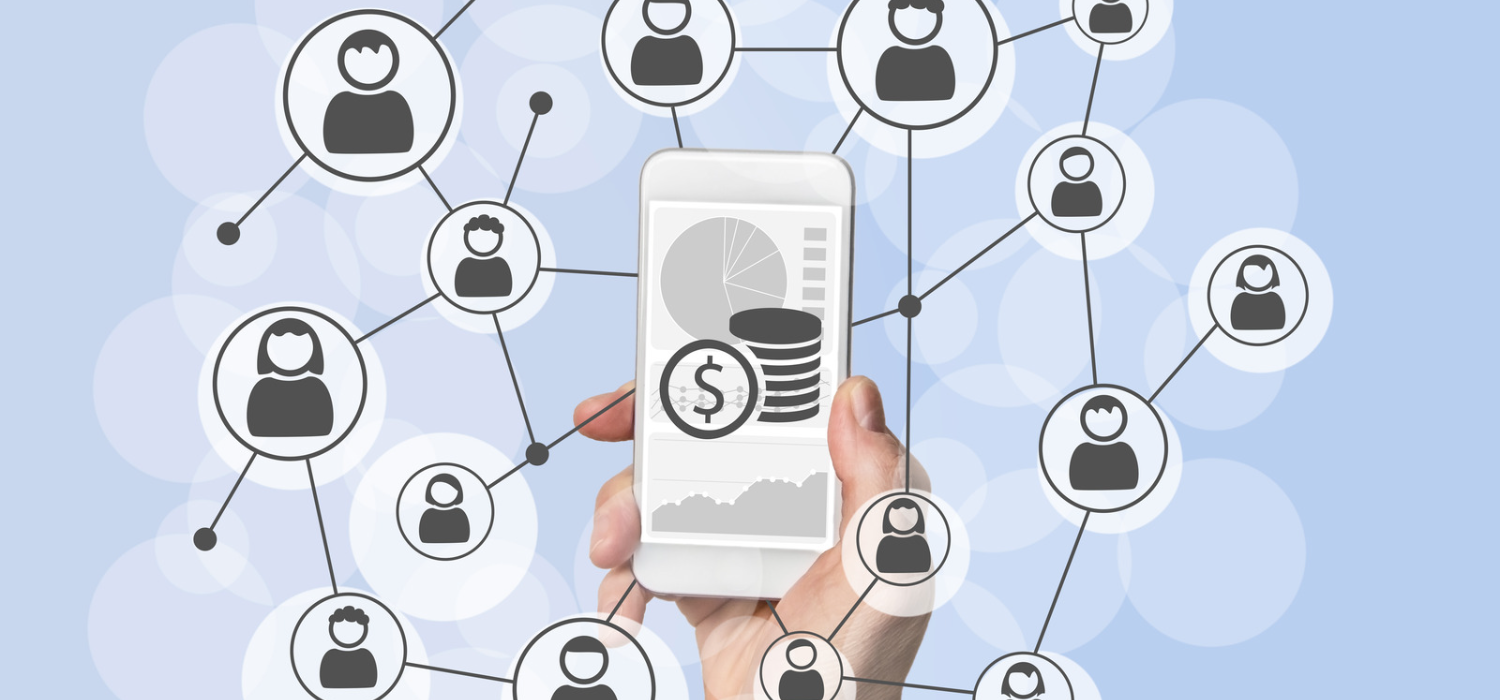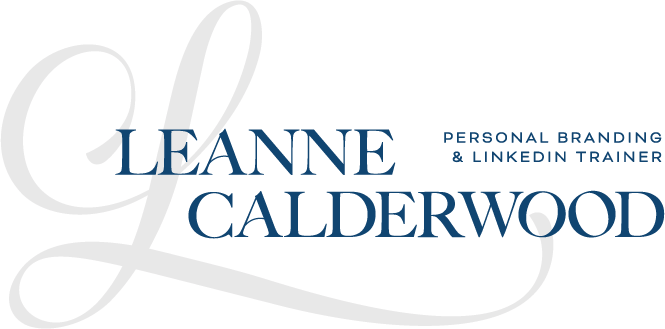There's a common adage that's been making the rounds in the business world for years:…

5 Ways to Use LinkedIn As a Sales Tool
There’s no escaping it, social media has become an integral part of our lives, and it’s not just for sharing funny cat videos or stalking our exes. No, my friend, it has evolved into something much more powerful—a social selling tool. And when it comes to social selling, LinkedIn reigns supreme. Prepare yourself for a journey into the land of professional networking, where the power of connection meets the art of persuasion. If you’re ready to diversify your sales toolkit, LinkedIn is about to become your new best friend.
Why does LinkedIn work as a social selling tool?
-
The Professional Circus
LinkedIn is not your typical social media circus; it’s the highbrow, buttoned-up, and sophisticated gathering of professionals who take networking seriously. It’s like attending a business conference without the need for pants. Whether you’re an entrepreneur, an intrepreneur salesperson, or aspiring influencer, LinkedIn is the place to showcase your expertise and build credibility.
LinkedIn is like having an all-access pass to a room full of people who are actually interested in what you have to offer. No more cold calling and awkward elevator pitches, and it allows you to warm up leads by engaging in meaningful conversations before diving into the sales pitch.
-
The Endorsement Game
Remember the good ol’ days when you had to beg your friends and family to write recommendations for you? Well, LinkedIn has made the process a whole lot easier. The platform’s built-in endorsement feature allows your connections to vouch for your skills and expertise, giving you a shiny virtual badge of honor. It’s like a virtual high-five that says, “Hey, this person knows their stuff!” When potential customers see that you have a sea of endorsements for your expertise, they’re more likely to trust you and consider doing business with you. It’s social proof on steroids!
-
The Art of Stalking… I Mean, Research
Ah, the joy of stalking—oops, I mean, conducting research—on LinkedIn! It’s the perfect place to learn about your prospects, understand their interests, and identify common ground. With just a few clicks, you can delve into their career history, education, and interests. It’s like being Sherlock Holmes, but with a keyboard instead of a magnifying glass. Let’s say you’re trying to connect with a potential client who’s a passionate dog lover. By perusing their LinkedIn profile, you discover that they’re involved in local animal rescue groups. Now, armed with this information, you can craft a personalized message that shows you’ve done your homework and share your mutual love for furry companions. It’s the small details that make a big difference in building relationships and standing out from the crowd.
Once you’re ready to start listening to your prospects on LinkedIn, try your hand at these activities:
- Personalized Connection Requests: Instead of sending generic connection requests, take the time to craft personalized messages. Mention a common interest, congratulate them on a recent achievement, or highlight how you can add value to their network. By showing genuine interest, you’re more likely to capture their attention and start building a meaningful relationship.
Example: “Hey [Name], I came across your profile and noticed your passion for sustainable fashion. As someone who’s also dedicated to promoting eco-friendly brands, I thought it would be great to connect and explore potential synergies. Looking forward to being part of your network!”
- Engage with Content: LinkedIn is a content-rich platform with professionals sharing valuable insights and industry updates. Engage with their posts by leaving thoughtful comments, asking relevant questions, or sharing your own perspectives. This not only increases your visibility but also positions you as an active participant in your industry, leading to fruitful conversations and potential leads.
Example: “Great post, [Name]! I completely agree with your points on the future of remote work. It’s fascinating to see how technology is reshaping our work environments. What do you think would be the biggest challenges organizations will face in embracing this shift?”
- Join Relevant Groups: LinkedIn groups are virtual hangouts where professionals gather to discuss specific topics or industries. Find groups relevant to your target audience and engage in discussions, share insights, and offer helpful advice. By establishing yourself as a knowledgeable and helpful resource, you’ll gain visibility and attract potential customers or collaborators.
Example: In a group discussion about marketing strategies, share your expertise by providing valuable tips and tricks based on your experience. For instance, “I’ve found that incorporating user-generated content in social media campaigns significantly increases engagement and authenticity. Has anyone else tried this approach?”
- Publish Thought Leadership Content: LinkedIn’s publishing platform allows you to showcase your expertise by writing articles and sharing valuable insights. This positions you as a thought leader in your industry and opens doors for networking and lead generation. Focus on topics that resonate with your target audience and offer practical advice or thought-provoking perspectives.
Example: Write an article titled “5 Game-Changing Strategies to Boost Sales in a Competitive Market.” Share your proven techniques and provide actionable tips that sales professionals can implement right away. Be empathetic to the challenges they face and offer innovative solutions.
- Utilize Advanced Search: LinkedIn’s advanced search feature is a goldmine for finding potential leads. Refine your search by industry, location, job title, and more to identify individuals who fit your target customer profile. Once you’ve found promising prospects, review their profiles to understand their needs, pain points, and interests. This information will enable you to craft personalized messages and establish a genuine connection.
Example: Use advanced search to find professionals in the healthcare industry based in your target city. Identify key decision-makers or influencers and tailor your outreach accordingly. For instance, “Hi [Name], I noticed your background in healthcare management and your passion for patient-centric care. I’d love to connect and discuss how our solutions can support your organization’s goals.”
Remember, social selling is about building relationships, offering value, and establishing trust. By employing these strategies on LinkedIn, you’ll position yourself as a trusted resource and increase your chances of turning connections into valuable business opportunities. So, go forth and conquer the LinkedIn landscape, one personalized message at a time!
RELATED – What is Social Selling or Relationship Selling?
RELATED – Demystifying LinkedIn’s Social Selling Index (SSI)
RELATED – How to Build Your Personal Brand on LinkedIn As a Sales Professional
RELATED – LinkedIn Profile Tips for Hospitality Sales Professionals Growing Their Personal Brand
RELATED – Why Use LinkedIn To Promote Your Personal Brand as a Sales Manager



